
The first evolution was in the 1950s with Enfield, Bajaj, Escorts, Ideal Jawa and API. Anyone remember API? They made the Lambretta. Anybody in the present generation knows that Escorts used to make the Rajdoot?
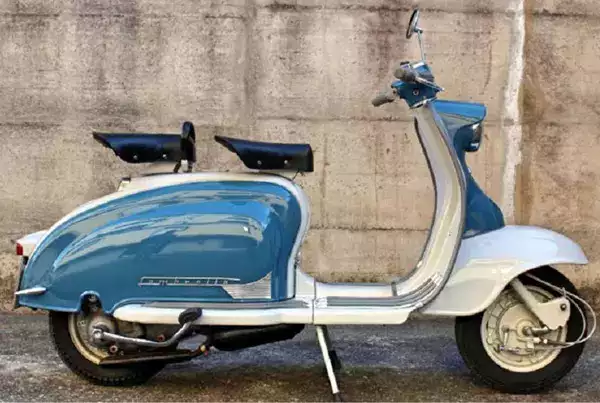
Consolidation stage 1.
The second was in the 1970s with the Kinetic Luna, Bajaj Chetak, Scooters India, Gujarat Narmada, TVS, Maharashtra Scooters and Hero Majestic. Anyone remember Vijay Super, the challenger to the Chetak? Or that the Priya from Maharashtra Scooters was actually made by Bajaj? Anyone remember the catchy Hero Majestic moped advertising jingle?
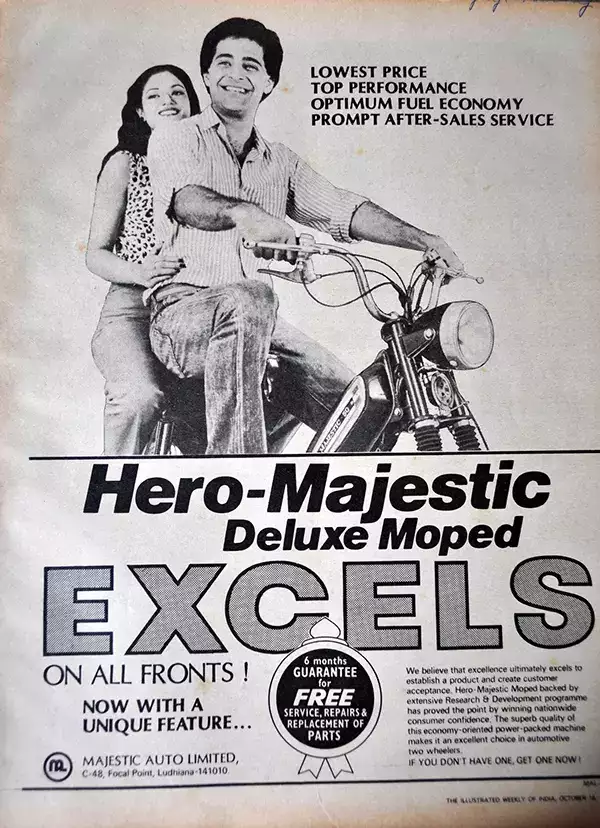
Consolidation stage 2.
The third, one that I was consciously aware of, was the Japanese invasion of the 1980s. Honda, Yamaha, Suzuki and Kawasaki. And we had LML too. And we surely cannot forget the Kinetic Honda. Or can we? As with LML?
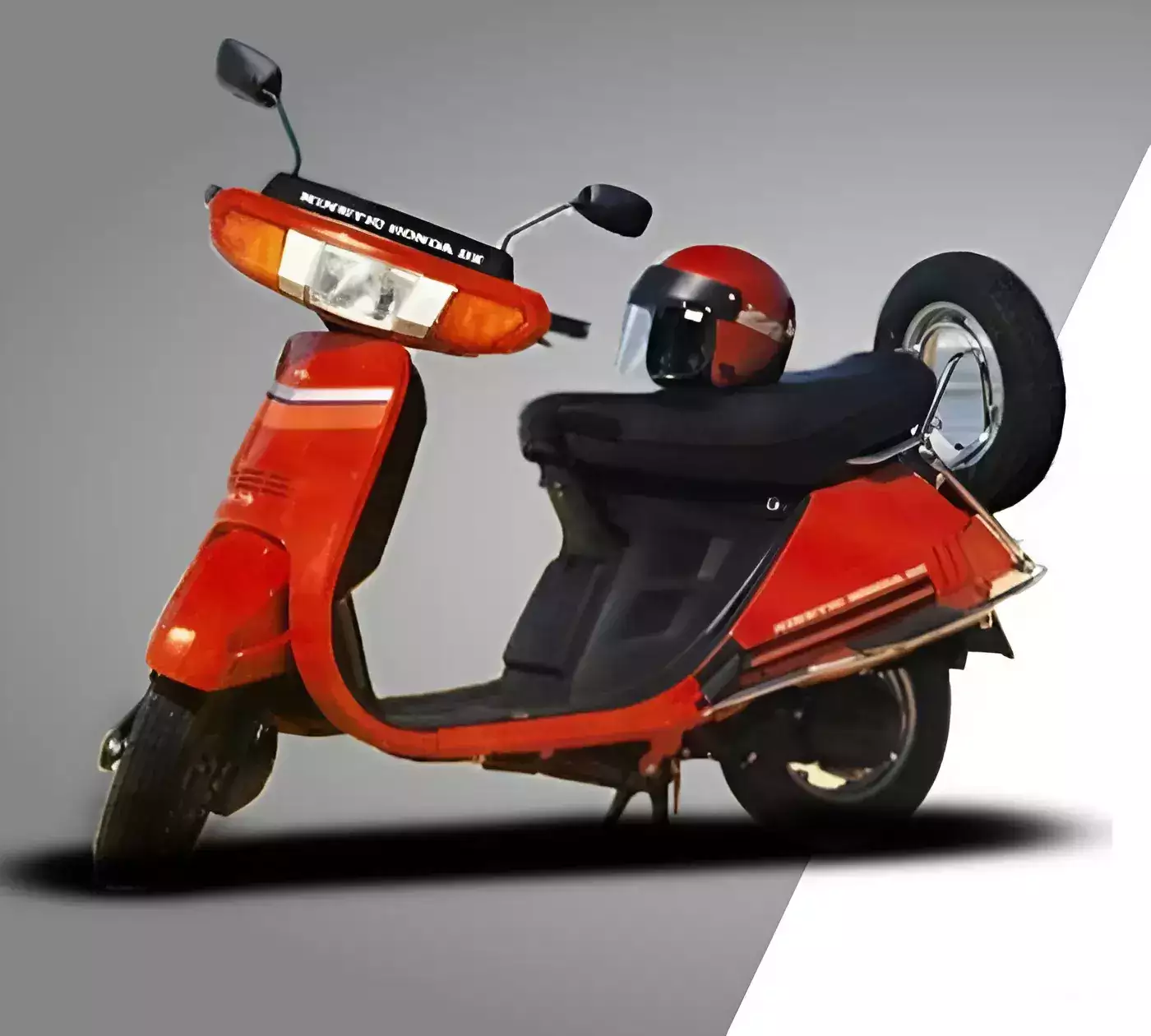
Consolidation stage 3.
Almost all the brands that have ceased to exist were crucial contributors to each stage of evolution. Each were part of the winning team that brought about change and progress. Yet they perished or were gobbled up by their own team members. When you mention the 1983 cricket world cup winning team, names like Sunil Walson and Yashpal Sharma, with all due respect to them, do not automatically crop up, do they? Or for today’s generation, even names like Sandeep Patil, Balwinder Sandhu, Syed Kirmani or Madal Lal. As brands they have ceased to exist long back, even if part of a winning team!
The latest evolution has started post 2010 with the entry of the electric two-wheeler. I remember looking at the Hero Electric product lineup at the Auto Expo 2012 with awe, not understanding much of how they would transform lives but definitely saluting the very boldness in an automaker exploring that space.
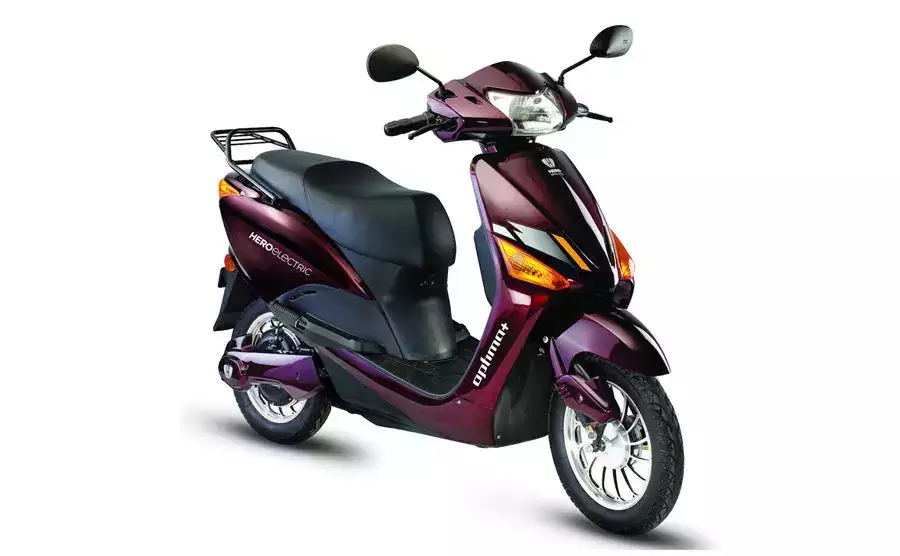
A bit more than a decade later, we have lapped up half a million electric two-wheelers in just the first 6 months of 2024 itself. Led by new brands like Ampere, Ather and Ola that have had the audacity to go mainstream with a completely new technology, challenge the legacy brands [or “incumbents” as one would love to call them] and endear themselves to a new avatar of the evolving metrocentric Indian.
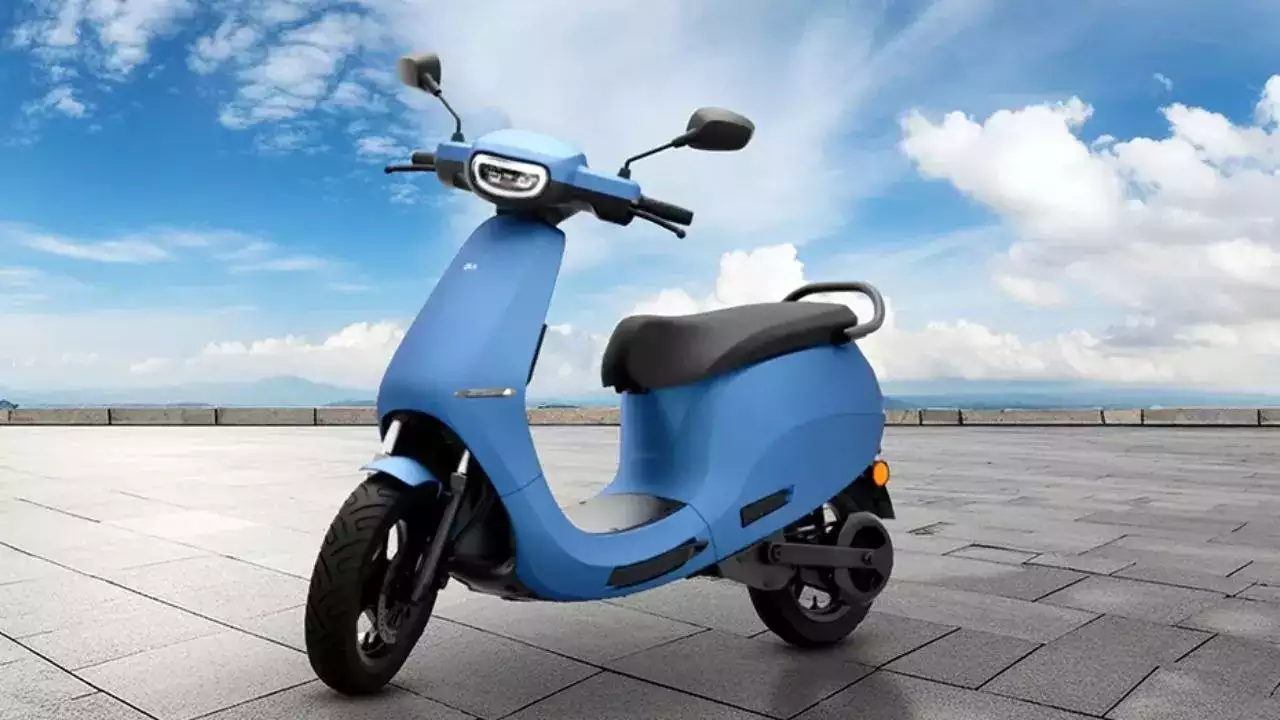
A popular automotive platform created a list of 427 electric two wheelers being offered in India right now. There are around 60 odd brands in the space of high-speed electric 2Ws and more than 110 that operate in the low-speed commercial application space. What makes each of them play in this space? Because of the great Indian dream conjured by NITI Aayog that by 2030 almost 80% of all 2Ws sold in India will be electric! Going by the recovery trend, it would mean an optimistic total of 40 odd million 2Ws sold in all of which a whopping 32 million would be electric. That means there will be enough space for each of these 170 odd players to operate as the simple ‘fair share’ for each works out to 180,000 units per annum!
Let us look at the scenario right now as shown in this chart from EVreporter.com using the Vahan database till June 2024 [covering 1567 of 1700 RTOs across India].
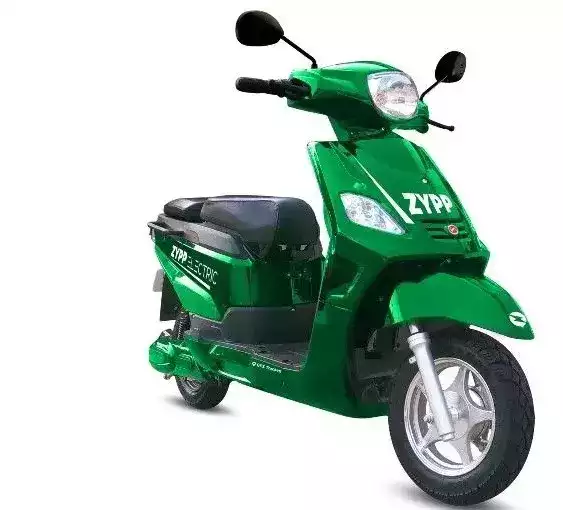
Yet we are seeing a few brands in the space going through trying times, even contemplating closure. Why should that happen? The projections do not have scope for any such anomalies. But they are a reality. So, what gives?
First is how serious you are about this business. Are you really wanting to bring about change or merely riding the wave? Are you investing in changing consumer behaviour or skimming off the government incentives? I know someone who is happy selling 3000-4000 electric 2Ws in West Bengal under a random name basically assembling Chinese kits just to get the incentives and make a cool packet every month. He prefers to be under the radar on purpose but his numbers get added to the Vahan database. Like him, if you have just 50 more such ‘enterprising’ people, you account for 240,000 units…all peacefully operating under the radar, misusing government incentives, not investing in any technology or infrastructure and raking in the moolah without breaking sweat!
Second is how deeply invested are you in your business. Given that you are very serious, how much are you willing to invest in actual research and infrastructure? Are you serious about working towards creating a protocol and creating an eco-system for the same? Are you clear about which specific consumer segment[s] you wish to cater to? That will also determine whether you are invested in volume or profits, or, possibly both. Are you committed to service and an unbeatable user experience, beyond OTA updates and large TFT screens, that is? Are you invested in improving accessibility and affordability?
Third is how deeply is the policy maker committed to your cause? Is there a clear long-term path to your product category’s establishment or are the policy makers caught between various solutions and stretched for commitment? Given the focus on ethanol and CNG, will all you get is a measly sop for only 300,000 odd units over 4 months? Will you remain forever dependent on such sops or create your own eco-system of product performance and service support that overrides them?
Fourth is given that the Indian consumer is less about experimentation and more about reassurance, will the legacy players finally encircle and strangle you, given their existing lead on network, service team, reach and most importantly, lobbying with the policy makers? Or will you prefer to become a satrap under their protection? There is nothing demeaning in that but just that you need to be clear in your head about the same.
Fifth and last is whether you decide to painstakingly build your brand or merely sell the current tech fad? That applies to both selling to individuals as well as to institutions. If you do not wish to define your brand idea and promise and then go about delivering it consistently over time, you do not understand the Indian consumer at all. He / she is biggest about the brand. The power of the association and the reassurance of all that comes with the same is what drives the larger consumer space. Any market across the world, especially a still maturing one like India, with a very low vehicle penetration, will have more of followers than first movers. Which is why it is ‘safest’ to go for a time-tested brand.
At a category share of less than 10%, the stand-alone electric 2W brands are still catering to the first movers. The moment the share increases to reach out to the followers, how you have treated your initial customers will decide how the market decides to treat you.
There will be a significant thermal run away of many electric 2W brands who are either for the short-term, or just following a fad, or just wishing to assemble and trade, or not wanting to create their distinct brand equity. Quite a few names on the present sales charts will either burn out, fold away, jump ship or be gobbled up.
And that exactly what consolidation stage 4 will be!
Disclaimer: The copyright of this article belongs to the original author. Reposting this article is solely for the purpose of information dissemination and does not constitute any investment advice. If there is any infringement, please contact us immediately. We will make corrections or deletions as necessary. Thank you.





